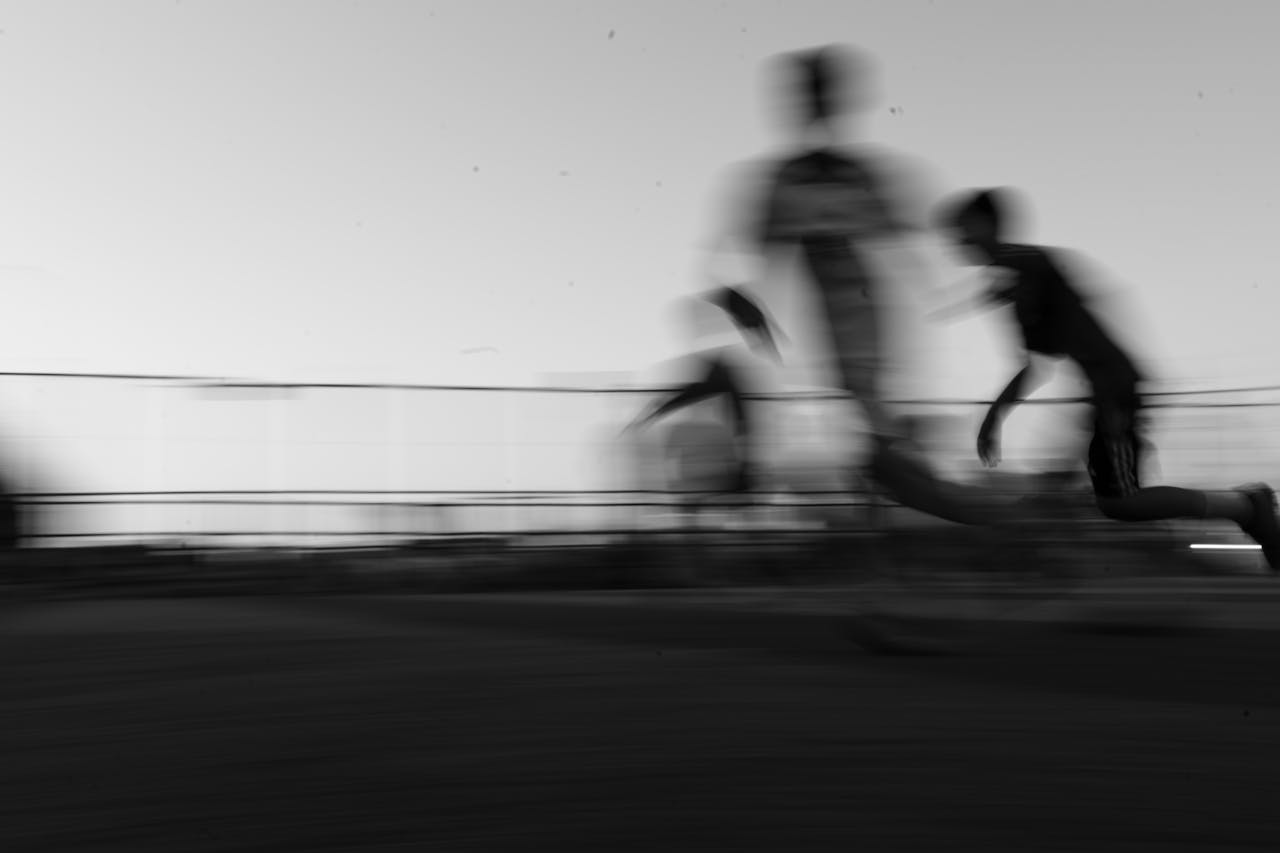
In the competitive world of sports, the pursuit of excellence often comes with unintended consequences. Overtraining and burnout are two significant challenges affecting elite and young athletes. Yet, these issues remain under-discussed.
With over 25 million student-athletes in the U.S. alone, many experience symptoms of overtraining or burnout. This often leads to health concerns or even complete withdrawal from sports.
This article explores the impact, symptoms, and prevention strategies surrounding these critical issues, aiming to bring awareness to athletes, parents, and coaches alike.
Understanding Overtraining and Burnout
Overtraining refers to excessive physical exertion without adequate recovery. This results in heightened injury risks and diminished performance. Symptoms often extend beyond physical fatigue to include mental exhaustion.
Burnout, on the other hand, is a psychological state marked by emotional and physical exhaustion. It arises from prolonged stress and unmet demands, leading athletes to lose their passion and motivation. While overtraining stems from the physical realm, burnout is a deeper psychological issue. However, both conditions can derail an athlete’s career and long-term well-being.
Why Athletes Are at Risk
Young athletes are particularly vulnerable due to their developmental stage and the pressures they face. Motivation plays a central role. According to the Self-Determination Theory (SDT), athletes thrive when they pursue sports out of intrinsic enjoyment. However, when motivation shifts to external rewards—like accolades or financial gains—athletes are more susceptible to burnout. Studies show that roughly 6%–11% of athletes experience burnout symptoms, including depression, frustration, and exhaustion.
Without adequate support, young athletes risk missing out on the joys of sports while facing long-term mental health challenges.
The Thin Line Between Overtraining and Burnout
A crucial distinction exists between overtraining and burnout:
- Overtraining is often linked to under-recovery and excessive physical training. Athletes remain motivated but find their performance declining due to exhaustion.
- Burnout, by contrast, is characterized by demotivation, devaluation of the sport, and emotional withdrawal. Athletes lose their will to compete and may experience chronic fatigue, poor sleep, and depression.
Despite their differences, these conditions share overlapping symptoms, making it essential for coaches, trainers, and parents to monitor young athletes closely.
Symptoms to Watch For
Key signs of overtraining and burnout include:
- Chronic fatigue
- Decreased performance despite intense effort
- Mood disturbances, such as irritability or sadness
- Loss of motivation
- Physical symptoms like prolonged muscle soreness and sleep issues
Understanding these warning signs is the first step in providing timely intervention.
Insights from Research
Studies on elite athletes highlight the relationship between self-determined motivation, overtraining symptoms, and burnout. In one study, researchers found that athletes with high intrinsic motivation were less likely to experience burnout. Conversely, those driven by external pressures faced greater risks of overtraining and emotional exhaustion.
For instance, surveys of U.S. Olympians revealed that 28% of athletes at the Atlanta Games and 10% at the Nagano Games reported overtraining, leading to underperformance. College swimmers cited stress, pressure, and lack of rest as primary contributors to overtraining. These findings underscore the need for a balanced approach to training and recovery.
Prevention and Intervention
Prevention starts with awareness and a proactive approach:
- Monitor Motivation. Encourage athletes to play for enjoyment rather than external rewards. Parents and coaches should foster a supportive environment that emphasizes personal growth over accolades.
- Prioritize Recovery. Rest is just as important as training. Incorporating adequate recovery periods reduces the risk of overtraining and allows athletes to perform at their best.
- Education. Equip athletes and stakeholders with knowledge about the risks and symptoms of burnout and overtraining.
- Open Communication. Create spaces where athletes feel comfortable discussing their mental and physical challenges.
Looking Ahead
The path to addressing overtraining and burnout lies in further research and systemic change. Governing bodies should allow researchers greater access to athletes to better understand these issues. Additionally, personalized intervention strategies and longitudinal studies can provide deeper insights into the causes and prevention of burnout.
For young athletes, the joy of sports should remain at the forefront. By prioritizing their well-being and maintaining a balanced approach to training, we can ensure they enjoy long, fulfilling careers—both on and off the field.
By staying informed and vigilant, we can help athletes unlock their full potential while safeguarding their health and happiness. Let’s work together to create a sporting culture that values recovery, intrinsic motivation, and the love of the game!



